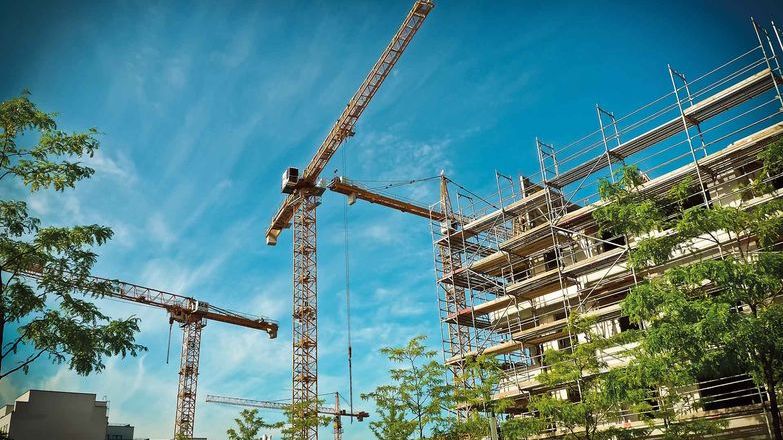
Levelling the playing field between developers
The Department for Levelling Up, Housing and Communities (DLUHC) need to consider the cumulative impact paying the levy will have on other existing charges such as Section 106 payments, affordable housing contribution and the Community Infrastructure Levy (CIL).
Small and medium developers are already operating in a difficult market with the costs of building materials and labour increasing significantly. To level the playing field, Propertymark recommends:
- Exemptions for the levy on the development of fewer than ten units
- Giving small and medium developers better access to local authority planning department officers
- Calling for a UK Government review of how small and medium developers can be supported
Greater flexibility of payment for the Building Safety Levy for smaller developers is required, and to give them more flexibility in payment of the levy before signing off units.
Delivery of the levy
The levy should be collected by local authorities and they should be able to retain some of the levies to pay towards the cost of collecting the monies. Local authorities should also have the power to impose sanctions on developers who do not comply with the levy. This could include the power to stop development by issuing a stop notice or not signing off units. Serious and persistent violations of the levy should include fines, but the emphasis should be on educating developers to deliver better standards.
The cost of the levy should vary across England to reflect the different variations in property values. This could act as an incentive for developers to develop in post-industrial areas over areas where land value and house prices are higher. Propertymark argues that geographic variation of the levy could act as a catalyst for neighbourhood renewal and development in areas often overlooked in line with the UK Government’s levelling up agenda.
Exemptions
Affordable housing and other development for the ‘public good’ such as domestic abuse shelters, care homes for children and the elderly and build-to-rent development should be exempt from the levy. However, development such as prisons, hospitals and military establishments should not be exempt as they are generally developed by larger developers with the broadest shoulders to pay for the levy.




